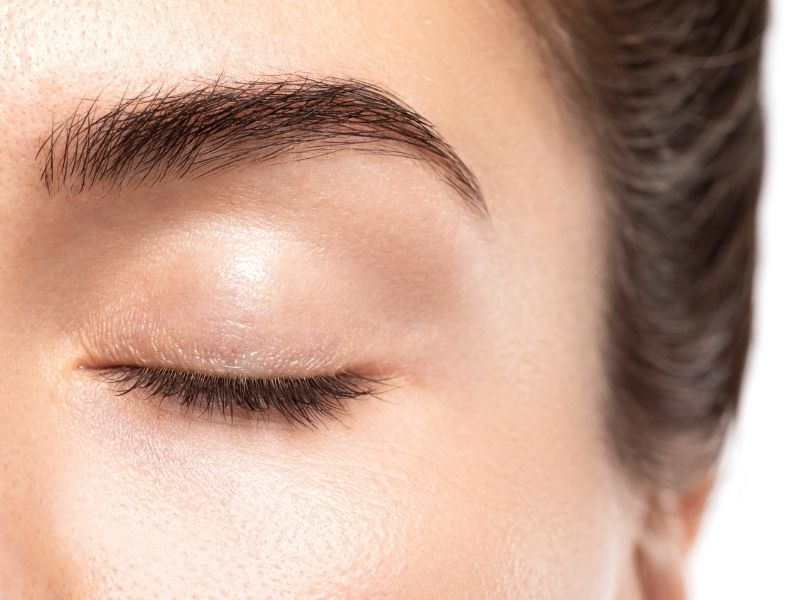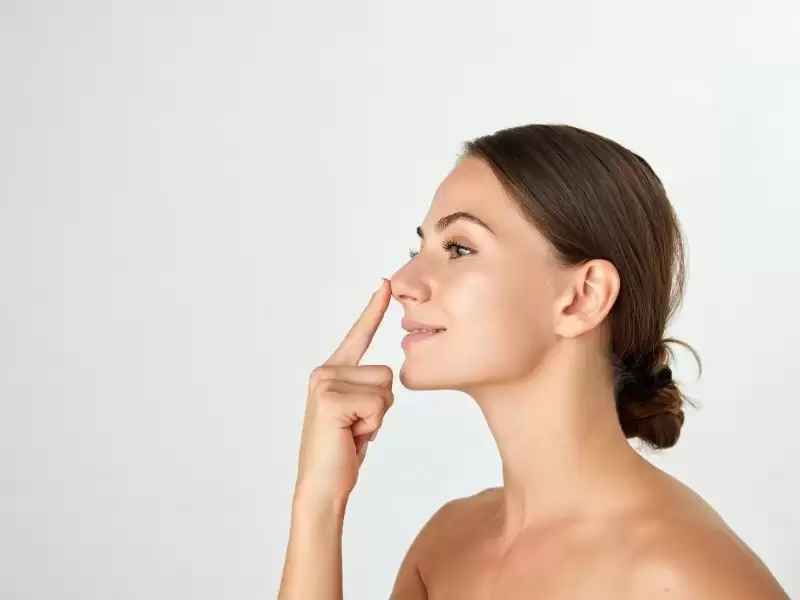What Should Be Considered After Eyelid Aesthetic Surgery?
After eyelid aesthetic surgery, there is no need for hospitalization. The patient can return home the same day and rest comfortably.
During the post-operative period, it is normal for swelling (edema) and bruising to occur around the eyelids. These temporary effects will gradually subside over time, and the patient will not only achieve a younger and more refreshed appearance, but also experience an improvement in their visual field.
The main points to consider after eyelid surgery include:
- The head should be kept elevated,
- The treated areas should be protected from any kind of trauma,
- Hygiene rules must be carefully followed,
- The prescribed medications should be used regularly,
- Follow-up appointments should not be postponed.
In addition, the patient’s eye care and maintenance of eye health after the operation are of great importance for ensuring a smooth and successful recovery.
What Causes Eyelid Drooping?
Bagging, sagging, and loosening of the skin due to loss of elasticity are the main causes of eyelid drooping, and these causes may vary from person to person.
The most common causes of eyelid drooping are as follows:
- Deformities in the nerve structures responsible for eyelid movement,
- Genetic factors,
- Advanced age,
- Previous eye surgeries,
- Tumors that develop on the eyelid,
- Congenital (birth-related) causes.
Today, thanks to technological advancements, the problem of eyelid drooping can be treated comfortably and effectively through eyelid aesthetic surgery.
What Are the Signs of Aging in the Eyelids?
As people age, their skin loses its elasticity. One of the areas where this loss is most noticeable is the eyelid skin. In fact, the eyelids are among the first regions where signs of aging become visible. Deformation in the upper and lower eyelids causes the eyes to appear tired and aged.
The general signs of aging observed in the eyelids include:
- Crow’s feet lines appearing around the eyes,
- Drooping of the upper eyelid,
- Wrinkling of the eyelid skin,
- Bagging and discoloration under the eyes.
The most common signs of eyelid aging are as listed above. The loosening of the skin on the eyelids can even interfere with vision. Therefore, eyelid aesthetics (blepharoplasty) can be performed not only to achieve a younger appearance, but also to improve visual function.
Frequently Asked Questions About Eyelid Aesthetics
How many days does it take to recover from upper eyelid surgery?
Recovery from upper eyelid surgery takes about 2 weeks. During this period, it is important to avoid impacts and excessive movement.
At what age should eyelid surgery be performed?
Eyelid surgery is generally preferred after the age of 35, as drooping and wrinkling of the eyelids start to become noticeable around this age.
Will there be scars after eyelid surgery?
Scars from eyelid surgery become barely visible over time.
Who should not have eyelid surgery?
Eyelid surgery is not recommended for individuals with diabetes, thyroid disorders, dry eye syndrome, or glaucoma.
How long does eyelid surgery take?
Eyelid surgery typically takes between 45 minutes and 1 hour.
How long does eyelid surgery last?
The longevity of eyelid surgery varies depending on the individual’s skin structure. The results usually last between 5 and 8 years.
How many days after eyelid surgery can you wash your face?
Water should be avoided on the eyelids for the first 3 days after surgery.







